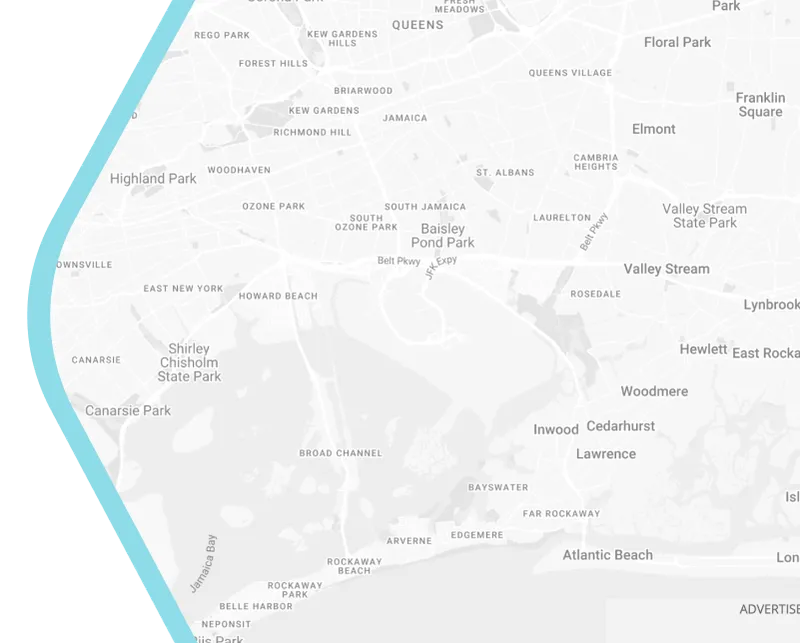
Three Classification of Active Mobility Measures
In promoting active mobility, urban planning and transport planning sectors play a critical role in providing the infrastructure, design and engineering of the city roads. However, the public health sector is also in support of the promotion of active mobility due to the health benefits of walking and cycling for the human body. Thus, the “3Ls” of the public health sector’s physical activity measures can be used to encourage the option of walking and cycling for the citizens.
L1. Campaigns and informational approaches: This category comprise
community-wide campaigns, mass media campaigns, and decision prompts encouraging the use of stairs versus lifts and escalators.
L2. Behavioral and social approaches: To increase
social support for physical activity within communities, specific neighborhoods, and
worksites; targeting specific institutions that are classified in five different settings: school,
workplace, community, clinical or health care, and other.
L3. Policy and environmental approaches: These interventions create or enhance
access to places for physical activity with outreach activities.
The combination of expertise, resources, and policies from the three sectors that are concerned with active mobility such as urban planning, transport planning and public health has an enormous potential for fostering active mobility which would inevitably result in numerous societal benefits.
Reference
Koszowski, C., Gerike, R., Hubrich, S., Götschi, T., Pohle, M., & Wittwer, R. (2019). Active mobility: bringing together transport planning, urban planning, and public health. In Towards User-Centric Transport in Europe (pp. 149-171). Springer, Cham.
